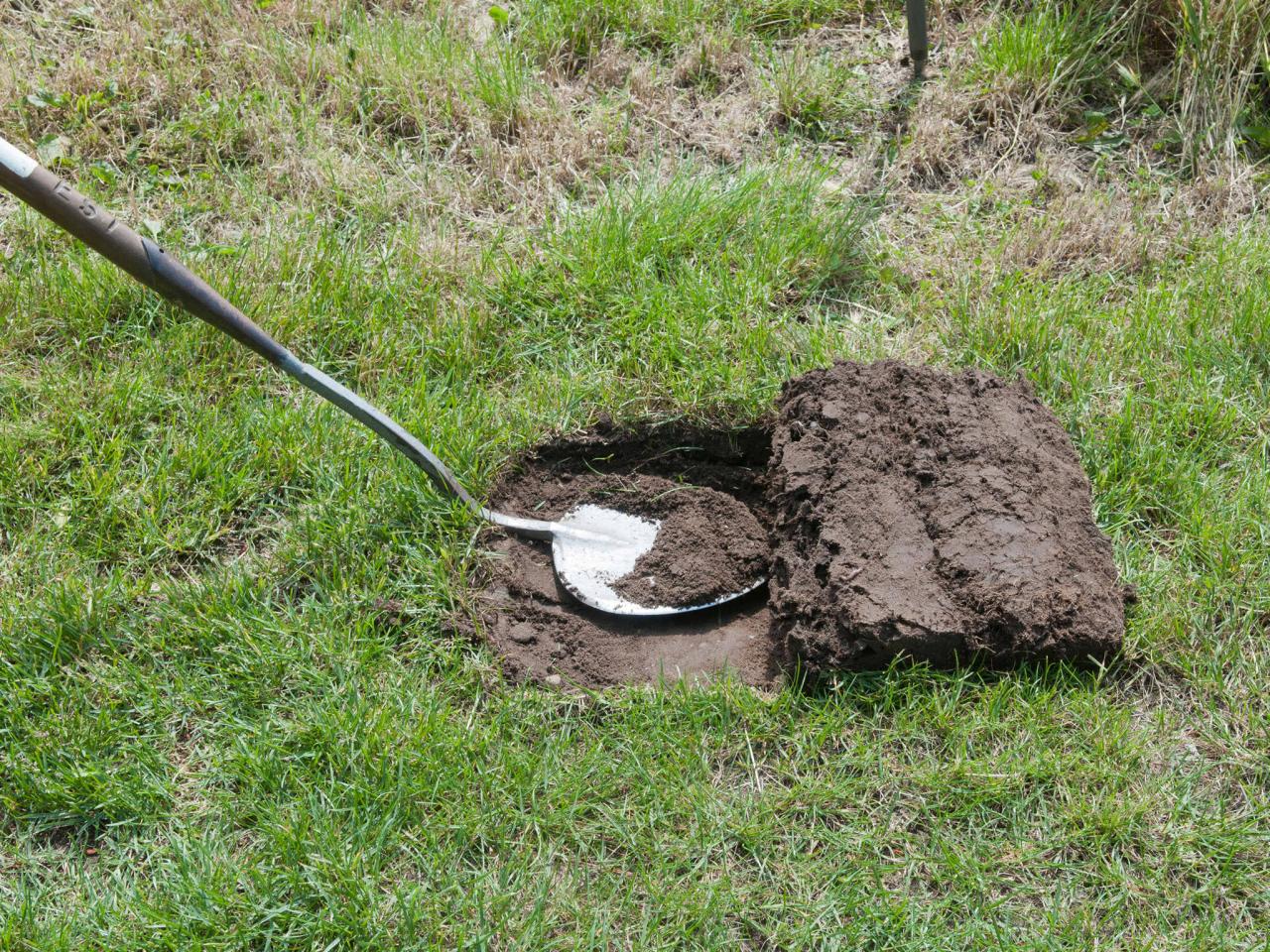Does your lawn suffer from bald patches in need of repair? If you are dealing with this lawn care issue, you’re not alone. Unfortunately, many lawn owners suffer from spotty yards each year. Pet urine, pest infestation, heavy foot traffic, or children enjoying the garden in the summer months are all causes of patchy yards—some more in our control than others.
Fortunately, there are effective ways you can patch the affected areas. However, you’ll need to identify the primary cause to address and resolve the issue successfully. For instance, if a patch occurs due to pest infestation, no solution will be permanent until you figure out how to eradicate pests invading your garden permanently. However, if overly-energetic children and their precious slip-n-slide are to blame, you can relocate these summer festivities to a local park and watch your lawn flourish.
For more information on how to successfully patch your lawn and achieve the front yard of your dreams, read on. As a general precaution, never settle for patchy lawn and throw your hands up in defeat. When you invest in high-quality grass seed, it’ll work its magic on your unsightly dry patches until your yard is the talk of the town.
Reseeding bare patches
Reseeding your lawn is one of the easiest and quickest methods to patch your yard. All you’ll need is topsoil, grass seed, a hose, and a lawn rake to get the job done. Remember that the type of seed you choose will depend on what you intend to do with the lawn.
That being said, you’ll need to prepare your garden for reseeding properly. First off, rake the affected area to remove dead grass and debris. Examine the affected area for any grub damage that may need correcting. If you notice that the affected area pulls out easily, it could indicate a grub problem that needs resolving.
Loosen the soil
The second step is to break up the soil using gardening tools, such as a cultivator or hard-toothed garden rake. However, if the soil is heavily compacted, consider trying manual core aeration equipment to aerate it.
You may also need to amend the soil by adding several inches of loam or compost soil and mixing it with the lawn soil. After making the surface even, sprinkle the seeds evenly throughout the affected area. The layer should be thick enough to cover the entire surface.
For optimal results, don’t forget to use an appropriate grass type for your region. Remember, no grass seed is universal. Lastly, rake the seeds to distribute them evenly and protect your grass from damage or worsening wear and tear. To better protect the newly-planted seeds from birds and other predators, cover the grass with a light layer of topsoil.
Water your seeds properly
Now that you’re through with the planting phase, your next step should be to maintain constant moisture in your lawn. Find a simple water container fitted with a perfect rose to allow for light watering in the area. You can also spray the affected area at least twice a day to prevent the seeds from drying out.
Make sure you water the lawn continuously for two weeks and continue if it’s still dry. After the second week, reduce the watering to once per day (or follow the instructions printed on the seed package). In the second month, you can begin watering less frequently and more heavily. During month two, only water twice a week. Remember that new grass can quickly dry up and wilt if not adequately watered for the first six months.
Mowing
Once you plant the grass seed, allow it to grow. Once your lawn starts to show signs of growth, begin mowing. Typically, depending on the regional temperature and the type of seed used, you should expect green shoots 10 to 14 days after seeding.
Note that the existing garden grass may be long enough to shield the germinated seedlings left, which means that you should mow as often as possible to keep the existing grass under control. To properly achieve this purpose, make sure the grass is dry, and use a high-quality mower with freshly-sharpened blades. Mow slowly to ensure you cut the grass cleanly. Your reward for this attention to detail will be a vibrant, luscious, and green lawn.
Weed Control
The last step to patching your lawn is preventing potential weeds from sprouting in your yard. In most cases, you’ll find countless weeds growing alongside your newly-sown seeds. While most of these weeds won’t survive your first mowing, some will. You’ll need to manage these weeds to avoid spreading.
Fortunately, getting rid of these unwanted weeds is relatively easy. As a first option, you can pull out each individual by hand while pressing down the nearby soil to prevent the germinating grass seeds from popping out. Alternatively, you can apply a weed killer that will treat your lawn and keep weeds at bay. However, it would help if you kept in mind that not all weed-control chemicals are suitable for newly-planted seeds, so you’ll need to select your weed killer of choice carefully.
Conclusion
Neglecting your front lawn may stir up controversy in your neighborhood. After all, no one wants to live next door to a property buried in weeds and surrounded by a patchy, browning lawn. Do your due diligence to restore your lawn’s condition by following the tips and tricks listed above.






